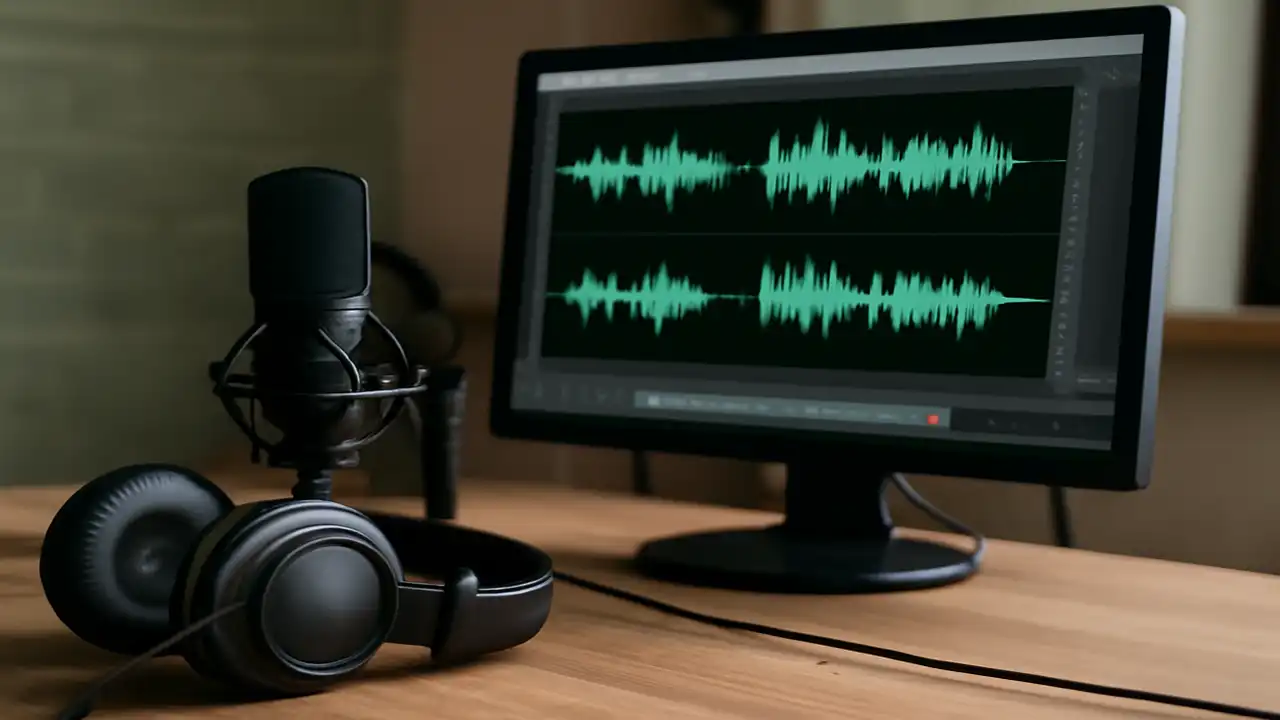Learn expert sound editing techniques for YouTube, including noise removal and audio balancing, to improve video quality, boost viewer engagement, and optimize your content for better search engine ranking.
Sound Editing for YouTube: Removing Noise and Balancing Audio Levels

Why Sound Editing Matters for YouTube Creators
In the competitive world of YouTube, creating high-quality content is essential to engage viewers and grow your channel. While visuals often grab the attention, sound editing for YouTube plays a crucial role in delivering a professional and enjoyable experience. Poor audio quality, including background noise and unbalanced sound levels, can quickly turn viewers away, regardless of how great your video looks. This article will dive deep into the essential techniques of removing noise and balancing audio levels, helping YouTubers elevate their content and enhance viewer retention. Whether you're a beginner or an experienced creator, understanding how to edit your audio effectively can dramatically improve your video quality and channel reputation.
Keywords: sound editing for YouTube, noise removal techniques, audio balancing, YouTube audio optimization, remove background noise, balance audio levels for videos.
Comprehensive Explanation of Sound Editing for YouTube
Sound editing is a multi-faceted process that improves the clarity, consistency, and overall quality of your video's audio track. For YouTube content creators, two of the most common challenges are background noise and inconsistent audio levels. Addressing these issues not only makes your videos more pleasant to watch but also boosts their professionalism.
1. Understanding Noise in YouTube Videos
Noise can come from various sources — ambient sounds, microphone static, fan noise, or even echoes in your recording environment. This unwanted sound distracts from your main audio and reduces listener engagement. Recognizing the types of noise affecting your recordings is the first step in applying the right noise removal techniques.
2. The Importance of Balancing Audio Levels
Uneven audio levels can cause frustration. If the speaker’s voice is too quiet or suddenly jumps to an uncomfortable volume, viewers may stop watching. Balancing audio levels involves adjusting volume to keep a consistent loudness throughout your video, ensuring smooth listening without abrupt changes.
3. Essential Software and Tools for Sound Editing
Popular tools like Adobe Audition, Audacity (free), and DaVinci Resolve offer powerful noise reduction and audio balancing features. These programs provide visual waveforms and frequency analyzers, making it easier to isolate noise and adjust levels precisely.
Practical Tips and Techniques for Noise Removal and Audio Balancing
1. Use Noise Reduction Plugins and Filters
Most audio editing software includes noise reduction effects. Typically, you sample a "noise profile" from a silent portion of your audio, which the software then uses to filter out that unwanted noise across the entire track. However, be cautious not to overdo noise reduction, as excessive filtering can cause unnatural sound artifacts.
2. Apply High-Pass and Low-Pass Filters
High-pass filters remove low-frequency hums (like air conditioning or electrical buzz), while low-pass filters eliminate high-frequency hiss or static. Applying these filters can significantly clean your audio spectrum.
3. Manual Editing and Spectral Repair
Advanced tools allow you to visually identify and remove isolated noises, such as clicks or pops, using spectral editing modes. This technique is effective for fine-tuning audio without affecting the overall quality.
4. Normalize and Compress Your Audio
Normalization adjusts your audio peaks to a target level, preventing parts from being too loud or too soft. Compression reduces dynamic range by bringing quieter sounds up and louder sounds down, which helps maintain consistent volume and improves clarity.
5. Balance Voice and Background Music
If you add music or sound effects, make sure they do not overpower the voice. Use automation to lower music volume when someone is speaking and raise it during pauses.
Conclusion: Elevate Your YouTube Content with Professional Sound Editing
Mastering sound editing, especially noise removal and audio balancing, is key to producing compelling and professional YouTube videos. High-quality audio keeps viewers engaged and encourages them to subscribe, share, and return for more content. Start applying these techniques today, experiment with different tools, and keep optimizing your workflow for better results. Don’t forget to share this guide with fellow creators and leave your comments or questions below to join the conversation.
Continuous Improvement: Keep Refining Your Audio Skills
Sound editing is an evolving skill. Stay updated with the latest software features, explore new plugins, and monitor audience feedback to continuously enhance your audio quality. Regularly revisit and update your content with fresh insights and improved SEO practices to maintain visibility and relevance.